What is the tolerance range of precision screws?
What is the tolerance range of precision screws?
Service Hotline
+86760-8787 8587We have more than ten years of experience in the production of screw industry, the main products are: national standard black washer, galvanized pressure plate nut column, non-slip self-locking nut, non-standard rivet manufacturer, external hexagon screw cap, water heater screw, hexagonal toothed K type Nuts, 8.8 grade carbon steel nuts, thickened mesons, national standard GB30 screws, three-piece bolts, plum blossom washers, GB96 washers, color zinc hexagon screws and bolts, hand-tightening adjustable set bolts and other fasteners, due to The materials and specifications of the products are different, and the prices are also different. Please contact us if you need it.


Fasteners are a type of mechanical parts that are used for fastening connections and are widely used. Fasteners are used in a wide range of industries, including energy, electronics, electrical appliances, machinery, chemicals, metallurgy, molds, hydraulics, etc., in various machinery, equipment, vehicles, ships, railways, bridges, buildings, structures, tools, instruments, etc. , chemical industry, instruments and supplies, etc., all kinds of fasteners can be seen, which are the most widely used mechanical basic parts. It is characterized by a wide variety of specifications, different performance uses, and a very high degree of standardization, serialization and generalization. Therefore, some people also refer to a type of fasteners with existing national standards as standard fasteners, or simply as standard parts.
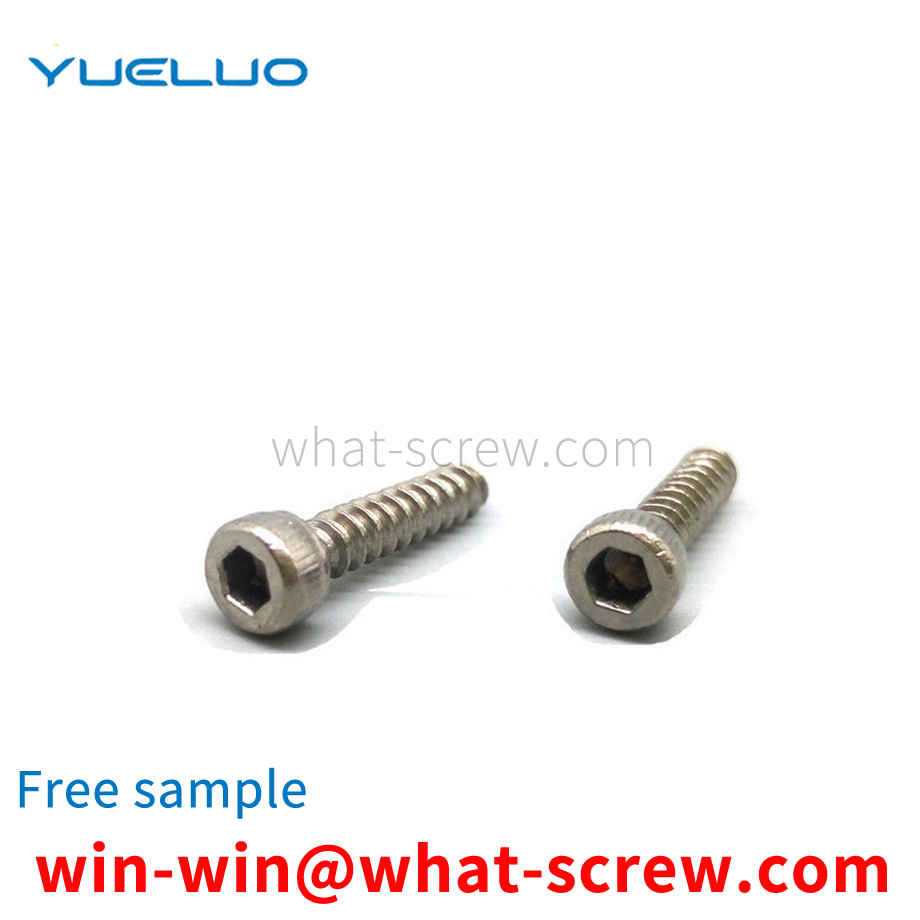
Yueluo Guangdong Yueluo Hardware Industry Co., Ltd. provides a rivet-oriented positioning riveting tool to overcome the shortcomings of the existing technology. The rivet is placed on the tool, and then placed in the riveting machine together with the product for riveting. In the same way, the scrap rate is reduced and the production efficiency is greatly improved. In order to achieve the above purpose, a rivet guide positioning riveting tool is designed, which includes a riveting positioning block and a riveting lower die, which is characterized in that a riveting positioning block is arranged above the riveting lower die. The riveting positioning block includes a positioning pin and a rivet yielding hole, a through hole is arranged in the center of the riveting positioning block, a rivet hole is arranged on one side of the through hole, and a number of positioning pins are arranged on the riveting positioning block around the through hole. . There are five positioning pins. The riveting lower die includes a countersunk head screw hole, a rivet guide block and a positioning hole. The riveting lower die is a stepped module. The left side of the riveting lower die is provided with a countersunk head screw hole, and the right side of the riveting lower die is provided with a countersunk head screw hole. The guide block is provided with several positioning holes on the riveting lower die located in front of the guide block. There are two positioning holes. The center of the guide block is provided with an escape hole. Compared with the existing technology, Guangdong Yueluo Hardware Industry Co., Ltd. has a rivet-oriented positioning riveting tooling. The rivets are placed on the tooling, and then placed in the riveting machine together with the product for riveting, which solves the problem of manual knock-in. The efficiency is low, and the riveting can be riveted without deviation without manual righting during riveting, so that the quality of the products produced is the same, the scrap rate is reduced, and the production efficiency is greatly improved.
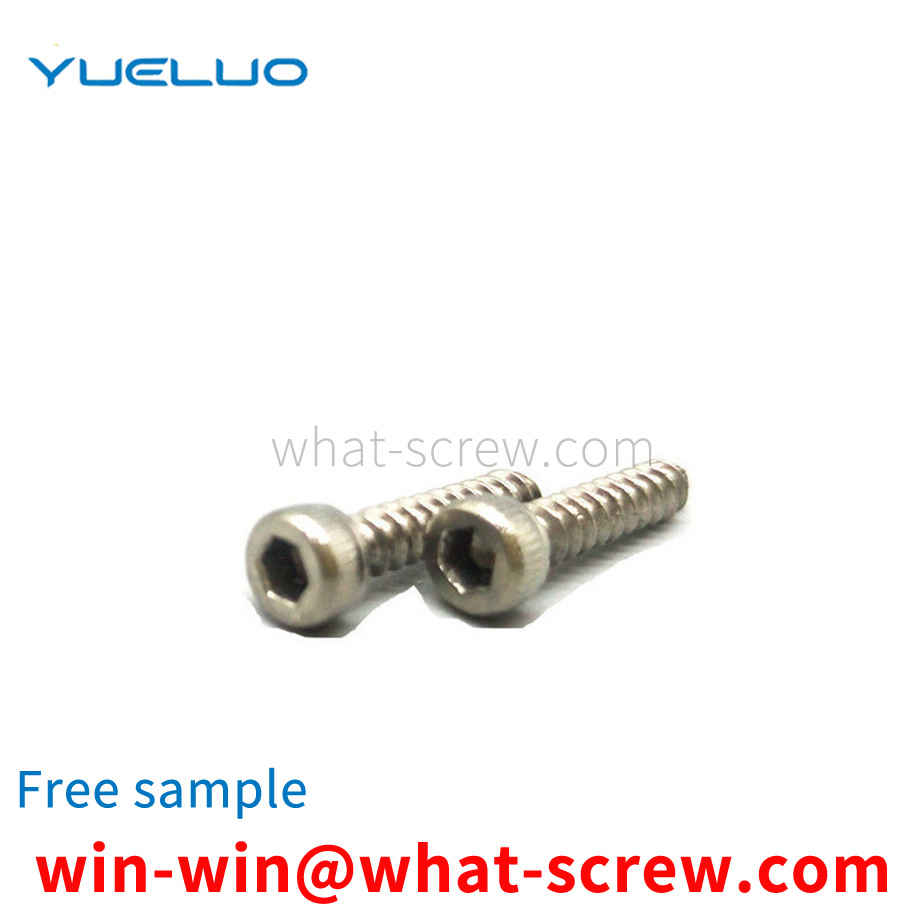
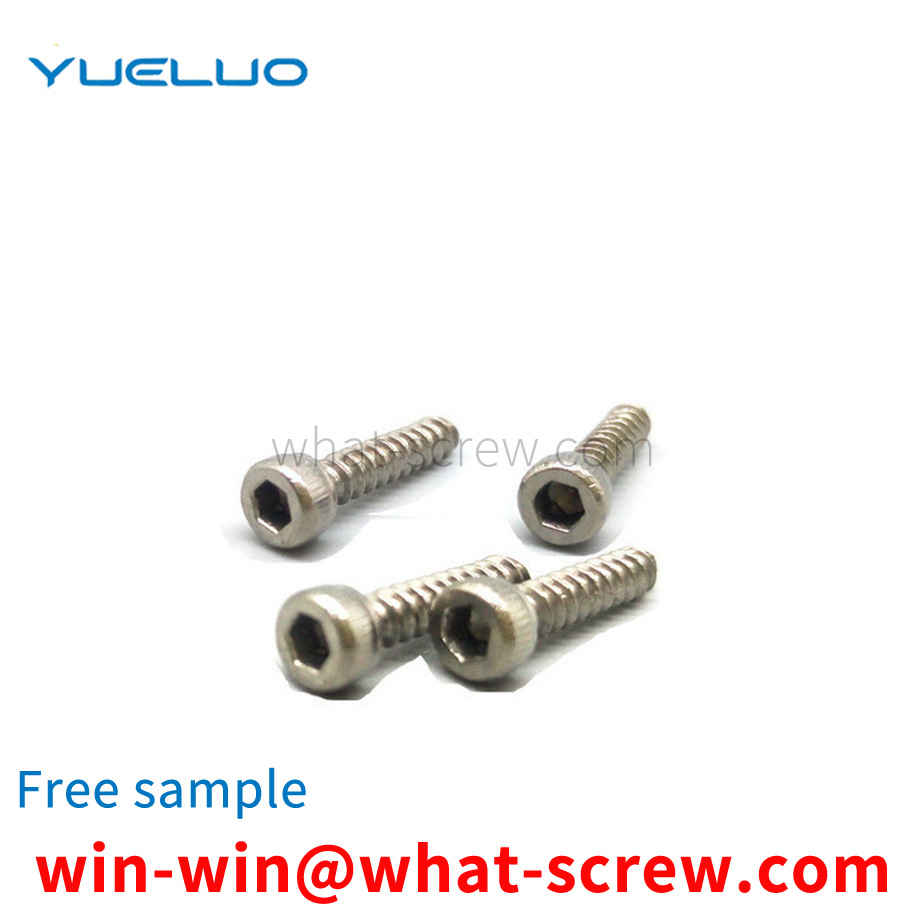
At present, shaft retaining rings are mainly divided into three categories: elastic retaining rings for shafts, flattened wire retaining rings for shafts, and wire retaining rings for shafts. Among them, the spring retaining ring for the shaft is generally installed with circlip pliers, and the flattening wire retaining ring for the shaft and the wire retaining ring for the shaft are generally installed with a sharp screwdriver or needle-nose pliers. The defects and deficiencies of these two methods will be discussed in detail below: First, the above two installation methods require the operator to use a large force to open the retaining ring, which is more laborious; For the installation of the flattened steel wire retaining ring for the shaft and the steel wire retaining ring for the shaft, because the wire retaining ring has low elasticity and has no force point, it is very easy to cause the retaining ring to break or the installation tool to slip during the installation process. Higher skills and experience can be competent for the installation of wire retaining rings.
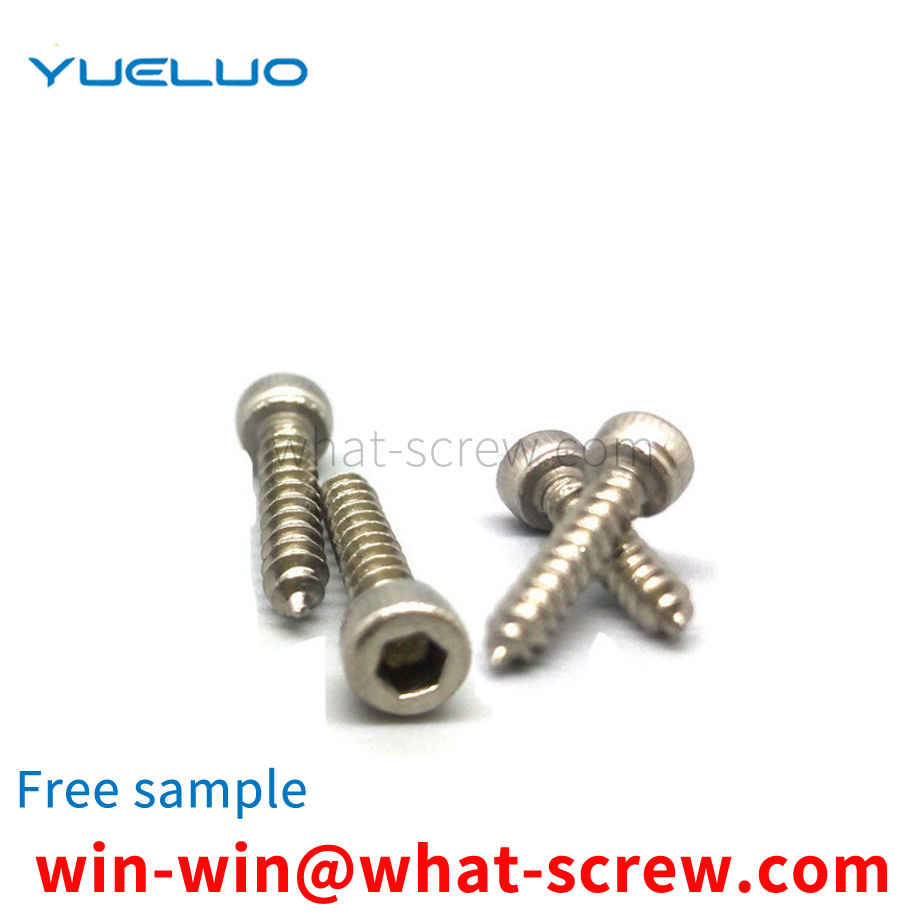
The first is to use two identical nuts to screw on the same bolt, and add a tightening torque between the two nuts to make the bolt connection reliable. The second is a special anti-loosening nut, which needs to be used together with a kind of anti-loosening washer. The special lock nut is not a hexagonal nut, but a medium round nut. There are 3, 4, 6 or 8 notches on the circumference of the nut (depending on the size of the nut and the product series of the manufacturer). Several notches are both the focal point of the tightening tool and the snap-in of the lock washer bayonet. The third type is to drill through threaded holes from the outer surface of the nut to the inner thread surface (usually 2, which are distributed at 90 on the outer surface), which are used to screw in small-diameter countersunk head screws. The purpose is to give the thread Apply a centripetal force to prevent the locknut from loosening. The better quality lock nut sold on the market is inlaid with a small copper block that is consistent with the thread of the lock nut on the inner surface of the nut to prevent the radial jacking screw from directly contacting the locked thread and damaging the latter. . This kind of lock nut is gradually applied in the shaft end locking of rotating motion parts, such as the anti-looseness of the bearing at the mounting end of the ball screw. The fourth type of lock nut is composed of two parts, each part has staggered cams. Since the slope angle of the internal wedge design is greater than the nut angle of the bolt, this combination is tightly integrated into a whole. When vibration occurs When the lock nut is moved, the raised parts of the lock nut move with each other to generate lifting tension, so as to achieve a perfect anti-loosening effect. The fifth is structural anti-loosening. Through the design and improvement of the threaded structure, a self-locking function is obtained without the help of other external factors. Therefore, its applicability is wider than the above methods, and the requirements for the environment are also relatively high. Low. There are many types of lock nuts, such as nylon nuts and flange nuts. In short, this kind of lock nuts plays a role in preventing loosening. Twist the nut onto the screw, screw, bolt, etc., so that it will not come loose. So that they can be actively connected together, so that it is firm, and the stability can reach a high degree.
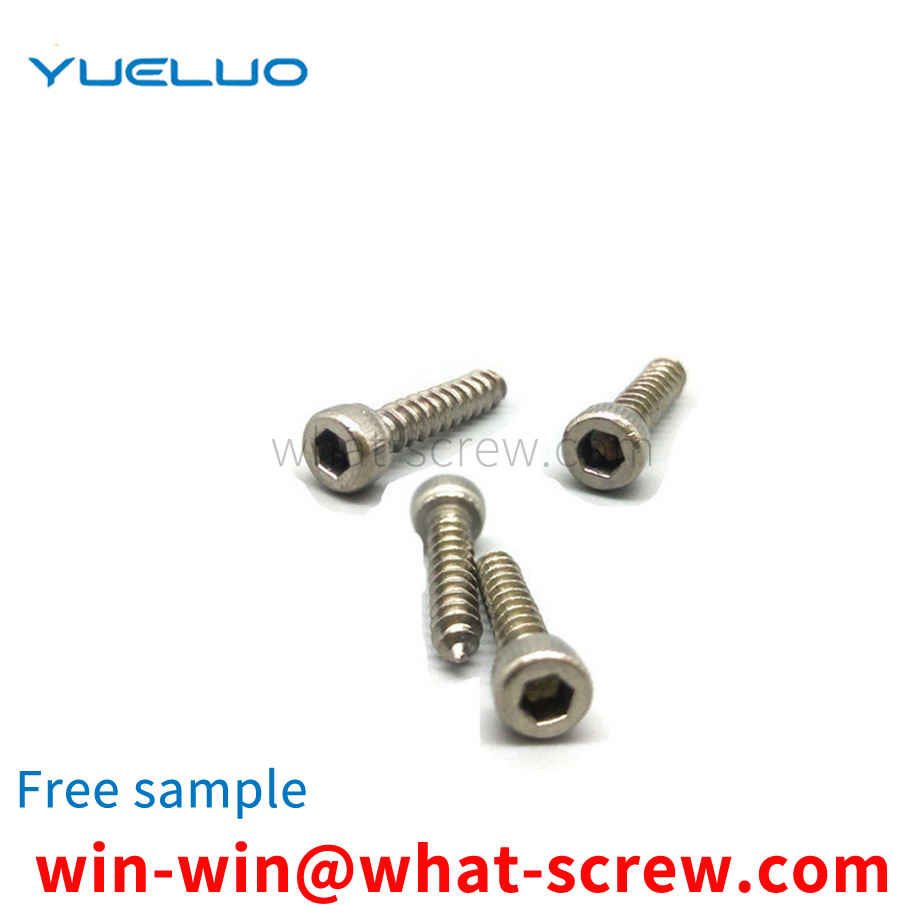
The above content is uploaded by Yueluo or the Internet. If there is any copyright issue, please contact [email protected].

What is the tolerance range of precision screws?

How to choose the right stainless steel screw manufacturer?

Why is there an R angle under the head of the hexagon head s...

We have more than ten years of production experience in the ...

We have more than ten years of experience in the production ...

We have more than ten years of experience in the production ...

We have more than ten years of experience in screw industry ...